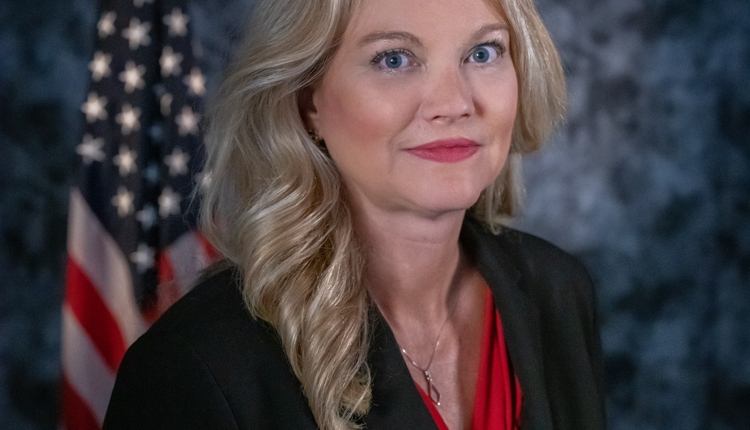This article originally appeared in the September/October issue of Mailing Systems Technology.
As always, I want to start out by extending a huge “thank you” to those of our readers who took the time to answer our survey questions. I know that you are busy professionals, and the fact that you take the time out of your day to help us benchmark industry wages and standards is appreciated more than you know. So once again, thank you!
This year’s survey results are quite promising. Wages are up across the board, and not just by a few paltry cents, either. The average hourly wages for many non-managerial staff have increased by a dollar or more per hour compared to 2016’s results, and managerial staff are also seeing substantial increases. Also encouraging is the fact that the average time spent in the mail center is up for all three levels surveyed (managers, supervisors, and staff). I know there are two schools of thought on this (one side says that you need new, younger employees in order to get the newest ideas that lead to success; the other side says that experience equals knowledge, and it doesn’t matter how innovative some ideas are if the employees don’t understand the nuances of the industry). I fall squarely in the middle; I think that experience is indeed an asset that cannot be overvalued (nor easily replicated), so I’m encouraged to see that the average number of years in the mail center is up. And I also recognize that innovation breeds success, so it’s heartening to see more and more mail professionals seeking out certification and continuing their industry education. To note, almost 54% of managers reported attending local PCC meetings, compared to 38% last year. This networking and sharing of ideas is what will lead to hard copy communications’ continued relevance in today’s increasingly digital age.
Keep an eye out for part two of our annual survey, where we’ll share your thoughts on the USPS, digital communications, and the mailing industry as a whole (just to name a few). Until next time!
View MSTSurvey2017.pdf







